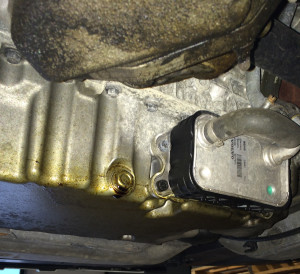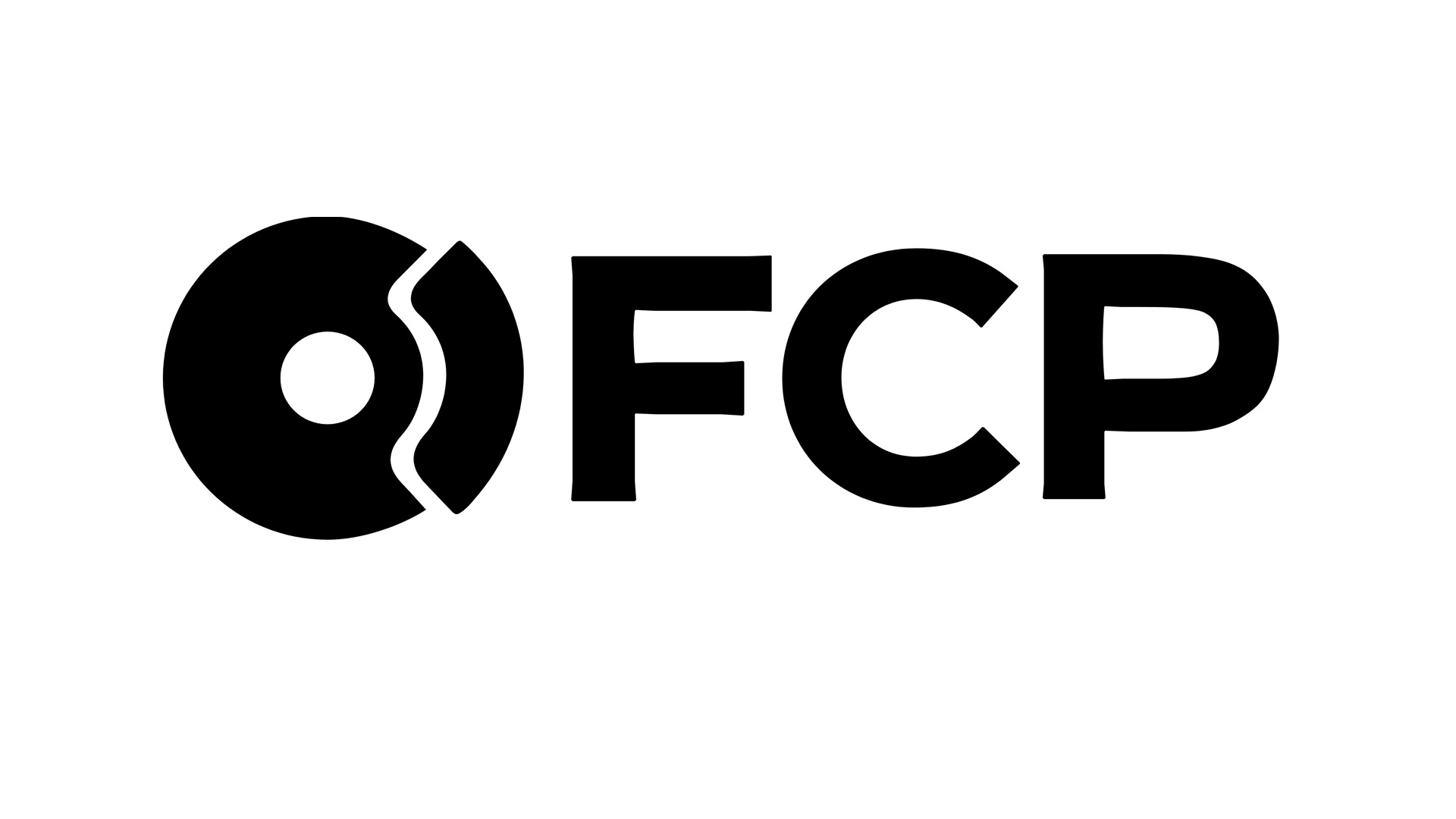As enthusiasts and avid car nuts, we tend to know from bumper to bumper what we are looking for when we go used car shopping. Be it a car we need for the daily commute, or for when we get it in our heads that maybe it's time for another project. We scour the usual online sites for what we think is a good deal on what we are after and have a good idea for what we would like to pay when it's all said and done. We also sometimes shop knowing exactly what issues will plague the kind of car we are after or what features and equipment certain cars will come with or without at certain trim levels.
But let's just forget all that and assume you are just the everyday consumer looking for an everyday reliable car that you can drive comfortably knowing you got a good deal on a good car.
Now, I for one am all for purchasing used and feel it to be a more economical alternative to purchasing new/newer vehicles, as monthly payments and long commitments to a vehicle can be stressful on a consumer's wallet. Leasing/financing a newer car does have its perks, although it is also sometimes outside the realm of possibility for some.
What about when it comes down to you and the seller? All the information in the world is not going to help you spot potential issues with a car or let you know what to look for while shopping that can make what seams to be a good deal less and less attractive. Below are some tips to look for when giving a vehicle a "once over."

If you have the opportunity to place the vehicle on a lift you will be able to spot any signs of fluid leakage or potential repairs down the road.
Engine compartment overview
Most of us will ask the seller to pop the hood and give the engine a good look over while the motor is running, to hear for any out of place noises and to ensure the motor sounds healthy. Also do the quick dipstick oil check to see if the car has clean fluid without residue or mixed contaminants. Know that these are in no way shape or form definitive, though checking for noise is always a good test of a motor's health it is not the end all. A proper road test is best to see how an engine is holding up or behaving. Also it is important to check for any fluid leaks, residue and or any recently replaced components or previous service, as this will give you a better idea of what a car has been through and what it may need in the not too distant future.
Wheels and tires
Now the most easiest inspection to be done is the cars wheels and tires, checking for consistent tread wear and ride quality is another important way of knowing whether you will need to dish out for a new set after the purchase and can be used as a bargaining chip in your negotiations. Always check for dry rot, chips in the rubber, or wear along the outer edges of the tire as this is also a probable alignment issue and or suspension component failure, which could mean more money you will need to invest later.
[gallery type="square" columns="2" ids="5005,5006"]
Suspension
Look for out of place noises, knocking, and jerking in the wheel as this could be signs of suspension problems and/or future issues. Be sure to go over tougher terrains and bumps to feel how the suspension reacts and performs. A basic road test or highway run will not definitively show you how a car's suspension is holding up.
Most used car dealers are also repair facilities and may allow you to inspect the car on a lift (but not always). It's always worth asking to get a good look at the car underneath. If you can do this be sure to inspect the car's suspension bushings for any cracks or excessive play to ensure they will not need future attention.
[gallery type="square" columns="2" ids="5009,5008"]

This car had a recent full brake job front and rear and is in good working order
Brakes
One of the easier things to check for on a car and something usually noticeable upon the first few moments of a road test are a car's brakes. Does it require excessive pressure to stop, do you hear any unusual sound under application? Is there farther then expected travel? Always look over the reservoir and see if the fluid level is correct and clean to ensure it has been kept up with.
Always apply the parking brake and test its feel to make sure it is working properly and safely. Look over the brake rotors and make sure they have decent life in them, or whether they have been more recently changed.
Steering
Always be sure to check the fluid level and cleanliness of steering fluid in the reservoir insuring it has been well kept and clean, always looks for fluid leaks, cracks in the powering steering hoses or boots down at the steering rack.

These boots are non-original and show they have since been replaced in this car's life, which is a good sign of previous owners not overlooking maintenance issues.
Exhaust
Excessive engine noise and or leaks in the cars exhaust can become costly expenses come emissions time, when shopping have a good ear out for any leaks in the car exhaust, catalyst and joints as failure can also mean high cost repairs down the road. Listen for any rattling, or clicking from the heat shielding and hangers to make sure all is as it should be.
[gallery type="square" columns="2" ids="5013,5014"]
Written by :
Evan Madore
Writer/Editor at FCP Euro and owner of a daily R53 MINI Cooper, a track-built R53 MINI, and a 1997 Dakar Yellow E36 M3 Sedan. ••• Instagram: @evan.madore
 If you have the opportunity to place the vehicle on a lift you will be able to spot any signs of fluid leakage or potential repairs down the road.
If you have the opportunity to place the vehicle on a lift you will be able to spot any signs of fluid leakage or potential repairs down the road.
 These boots are non-original and show they have since been replaced in this car's life, which is a good sign of previous owners not overlooking maintenance issues.
These boots are non-original and show they have since been replaced in this car's life, which is a good sign of previous owners not overlooking maintenance issues.
 Mike Rivera is an ASE Certified Technician and Senior Sales Account Executive at FCP Euro. He can be reached at mike@fcpeuro.com
Mike Rivera is an ASE Certified Technician and Senior Sales Account Executive at FCP Euro. He can be reached at mike@fcpeuro.com











